Rabbit is not a mainstream source of meat these days, but it didn’t used to be that way.
For centuries, people have raised these animals on their farms for food, and for many thousands of years before that, hunted them. Rabbits breed easily, grow quickly and are relatively easy to keep and care for. Able to thrive even in small spaces, it’s no wonder that meat rabbits are enjoying a surge in popularity, both on large homesteads and small urban farms.
Benefits
Meat rabbits offer numerous benefits to the right home so long as their needs are met (which isn’t hard to do). Below are just a few reasons to consider adding meat rabbits to your home:
Efficiency:
One huge benefit to raising rabbits for their meat is that they are such efficient producers. For one, these critters mature quickly. One meat buck can be ready to butcher and supply your family with 5 pounds of meat in as little as 10 weeks! Also, it is said that a rabbit can produce 6 pounds of meat with the same amount of feed that takes for a cow to produce one pound of meat. If larger livestock is too expensive for you to raise, meat rabbits are easy to raise on a budget.
Urban-Friendly:
Meat rabbits can be a great option for the urban homesteader. Unlike larger livestock, rabbits require very little space to be happy and healthy. In fact, they often take even less space than backyard chickens.
The traditional all-wire hutch that most meat rabbits are housed in have a floor space of only about 2.5 x 3 ft or so, and multiple enclosures can easily be stacked or lined up side-by-side along a wall. Another urban perk of owning rabbits is that they are quiet. If noise in your neighborhood could be a problem, these rodents can be the perfect solution.
They don’t bray, cluck, crow or make much noise at all, other than an occasional quiet grunting. Many owners claim that the most noise their rabbits make is the sound of hopping around in their wire enclosures.
Meat Quality:
If you’ve never tried it before, rabbit meat is very tasty and very good for you. It is a lean white meat that’s very rich in protein (about 20%), low in cholesterol and lower in fat than any of the mainstream meats, including beef, pork and chicken. In fact, some are calling rabbit the “meat of the future.” Rabbit meat’s taste and texture is very similar to chicken, and it makes a great chicken substitute in recipes, though of course it has a mild flavor all its own. Even if you’re not interested in raising meat rabbits for yourself, their meat is certainly worth a try.
Purchasing Rabbits
While not as popular as chickens, meat rabbits are fairly easy to come by. Not that these types of rabbits are a specific breed – not just any pet bunny breed is suitable for eating. You can purchase meat rabbits from a local breeder (a national rabbitry directory can be found online), 4-H club, or local feed store.
Breeds
Large and stocky, meat rabbit breeds are much heavier than your typical pet bunny or wild cottontail, usually weighing in at 10 pounds or more at maturity. There are numerous breeds of meat rabbits to choose from, some of which are quite rare. Below are some of the most popular:
- New Zealand: The New Zealand is a favorite among many enthusiasts. They come with red or white coats, and are especially easy to butcher for eating.
- Californian: Another favorite breed, the Californian is an all-American breed developed in the 1920s. It features the weight and quality meat of the New Zealand, with a more quality pelt that you can sell after butchering.
- Flemish Cross: A cross-breed of the Flemish Giant and the New Zealand or Californian, Flemish Crosses are an extra-large breed with quality meat.
Housing
Traditionally, rabbits are kept in open-air hutches above the ground outdoors or in a small barn. While sometimes made of wood, most of these enclosures are made of wire mesh, including a tighter wire mesh flooring, which allows their droppings to fall through.
Some new owners may be surprised at the recommendation for wire flooring, but this type of enclosure is considered both very sanitary and humane for these animals. To add to these animals’ quality of life, as well as take advantage of their grazing nature, some owners choose to set their rabbits in portable outdoor runs around the yard for a short time.
If you choose to do this, however, be very careful – rabbits are very talented and driven diggers, and can make themselves a burrow in a surprisingly short amount of time.
Nutrition
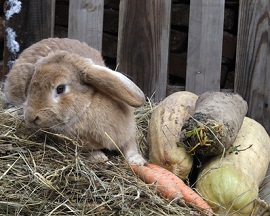
Many rabbits seem especially partial to lettuce, carrots and apples. No matter what you choose to feed your rabbits, make sure fresh water is available at all times and that you purchase the highest-quality feed possible. Remember, you eventually eat what they eat!
Meat rabbit enthusiasts all agree – these animals are not nearly as popular as they should be. Cheap and easy to care for with little space and almost no noise, these hardy livestock are perfect for beginners and those looking to add another source of meat for their family. Whether you’re a new urban farmer just starting out or an experienced homesteader out in the country, meat rabbits can offer great return for your efforts.
References
http://www.thefamilyhomestead.com/meatrabbits.htm
http://homestead.org/ReginaAnneler/Rabbits/PuttingFoodontheTable.htm
http://www.backwoodsmama.com/2012/11/raising-and-breeding-rabbits-for-meat.html
http://www.youtube.com/watch?v=K1sEpGxeTsg
This article has been written by Jessica Wood for Survivopedia.










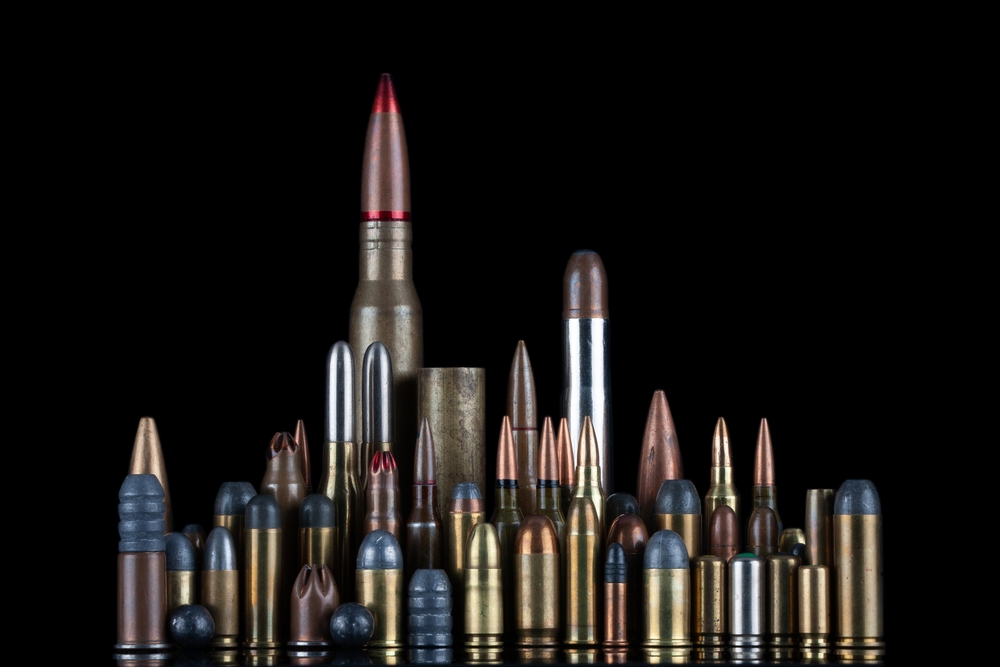



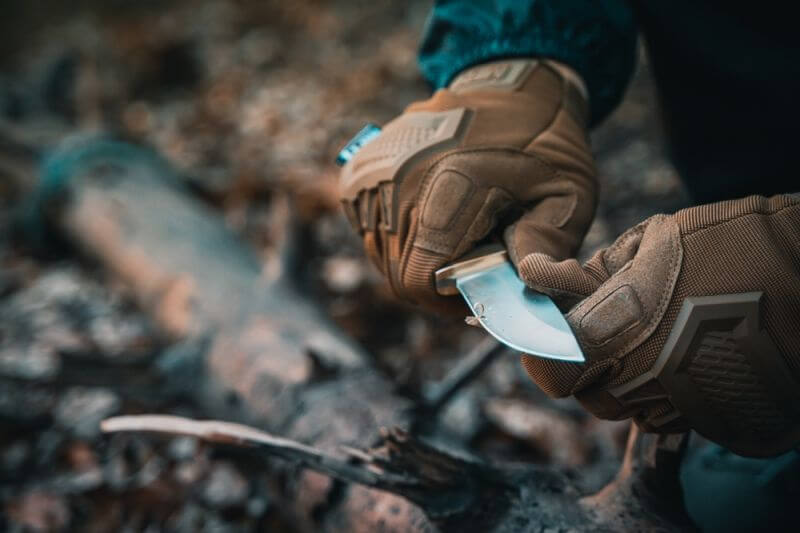

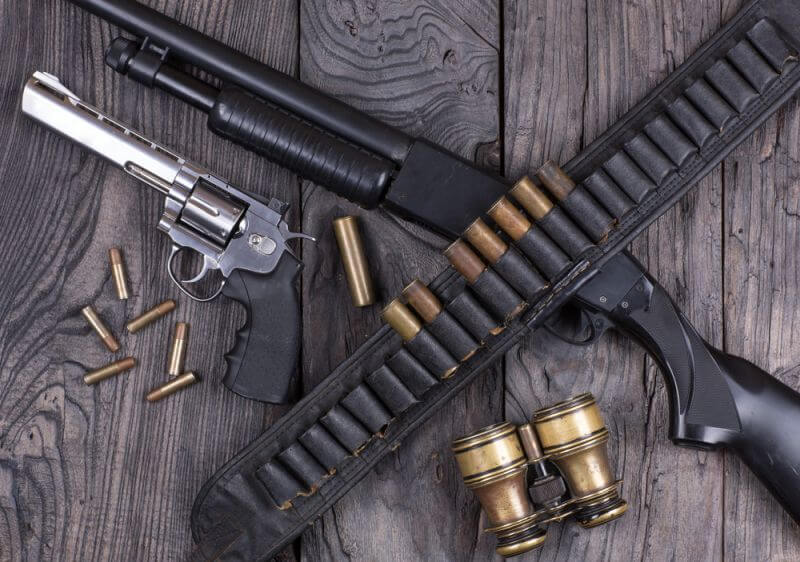

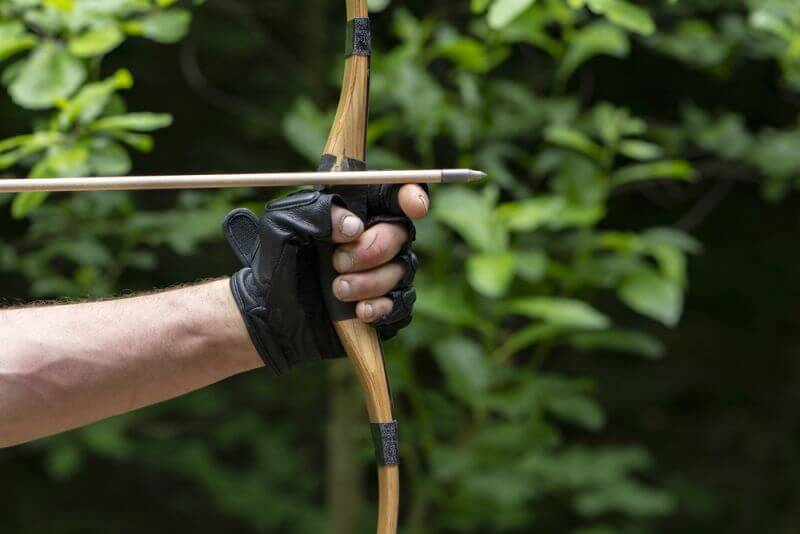
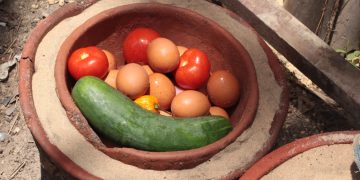

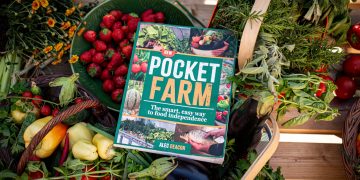




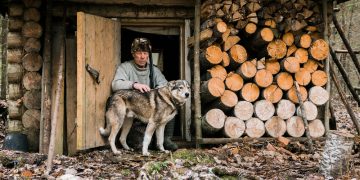






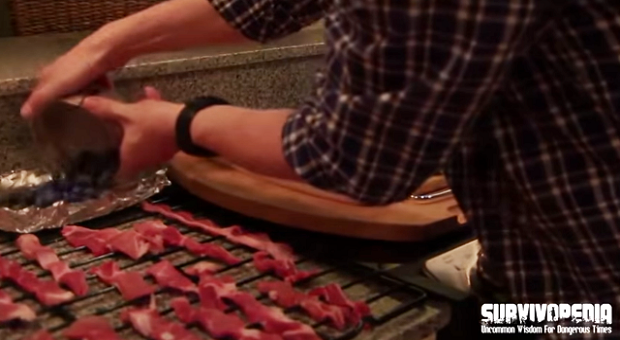




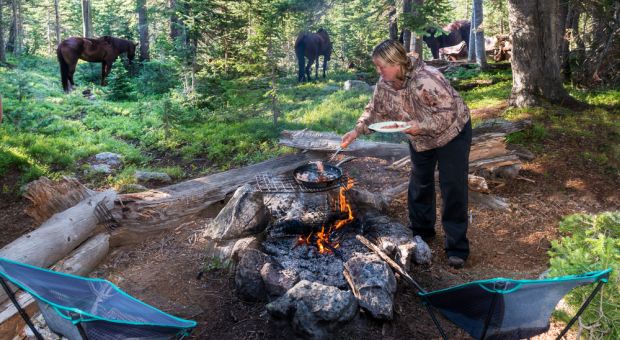
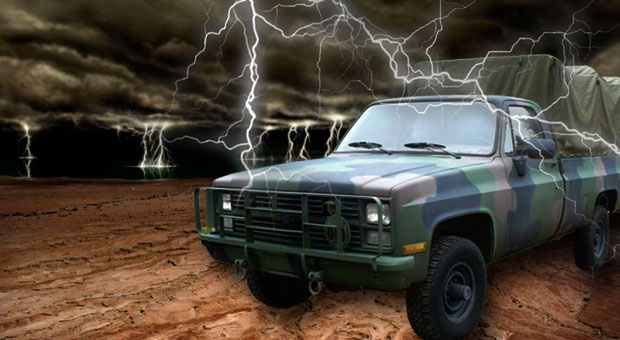
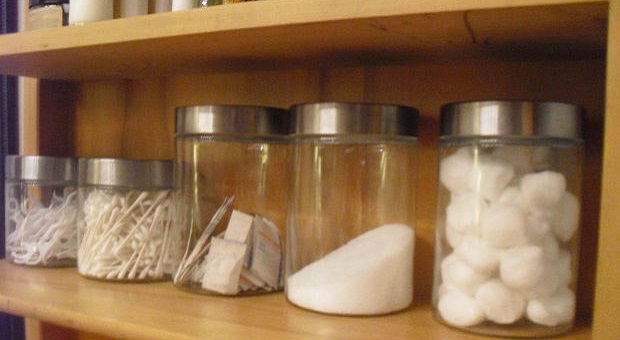
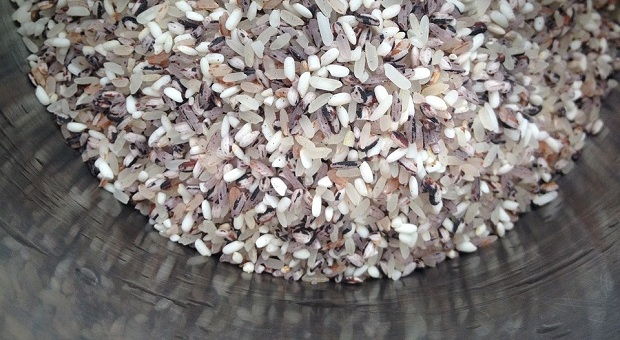







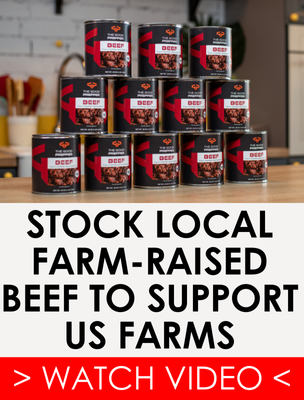
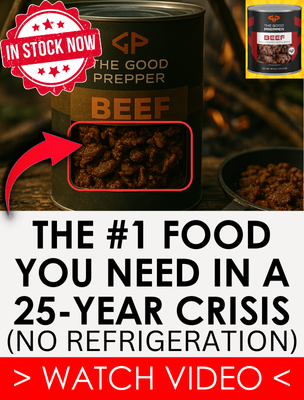








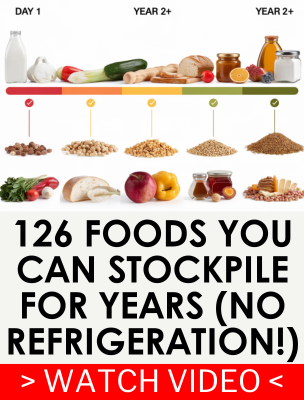
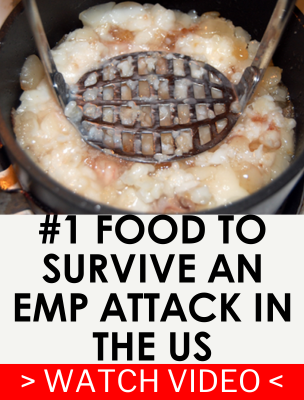



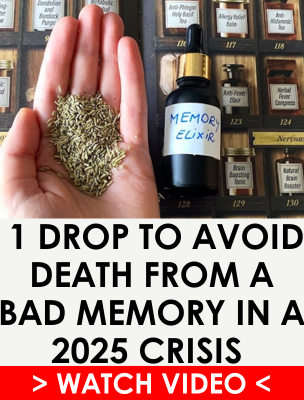



















If any potential rabbit raiser is turned off by the term, Rodent! You need to know that rabbits are not rodents but lagomorphs! Their removal from the rodent family was done about forty years ago but misinformation has a hard time dying!
New Zealands are now available in white, red, black, blue, broken red, broken black and broken blue for those who appreciate color variety. My experience with New Zealands, Californians and Flemish Giants is that they are also bred for their docile natures. Some other breeds have a higher percentage of short tempered individuals. I advise researching temperament as well as productivity.
poor widdle wabbits :-/
As a young boy in the 70’s, I was responsible for feeding and caring for (2) Albino “california white rabbits” as they were called.. didn’t take long before we had (22) of them. We ate them of course, I was part of a family of 13. None went hungry.
On the downside, the smell is horrible.. wet and smelly!. Filthy job to clean up after all those rabbits. Best have a place to put all the straw and fecis / urine debris… far from your living area.
With that said, those rabbits grew large. Each was weighed in around 12 lbs and were measured about 20 or so inches in length. One rabbit would feed the entire family for a night. And as Forrest Gump would say “That’s all I got to say about that”
My husband & I have raised rabbits for eating. We are in Texas. Be aware that they attract rattlesnakes! Otherwise great source of food & easy to care for.
So are rattlesnakes 🙂
Them boys is tasty!
I remember my Grad Mother told me the story of how Rabbits were a staple meat source during the Great Depression. My family being dirt farmers in the Iowa, Missouri & Illinois always had rabbits ever since I can remember. To this day I raise rabbits for meat and I sell to Prepper’s, Urban Homesteaders, 4-H-er’s and for Pets.
One breed that was not mentioned is the Grant Chinchilla, nick named the MILLION DOLLAR Rabbit. The Giant Chinchilla is a small boned rabbit, large in size and will put on market weight two weeks before any other breed and at no additional feed cost. The breed is very docile and can win over your heart without much effort. I raise the Giant Chinchilla and to this day I have yet Butchered one for meat and the people I sell too keep them as pets. So stick to New Zealand’s, Californian’s, and the many other breeds out there and do not discount the cross bred rabbits as a meat supplier. The Flemish Giant Cross Bred rabbit is an excellent producer of meat as stated by other contributor in this article.
I concur with most of the information in the article. However, their waste product is very pungent and breeders will need to understand that the disposal of their waste is an everyday occurrence, otherwise for urban breeders your neighbors will complain. While the droppings can used as fertilizer, it still must be aged so as not to burn garden crops. It can be an additional source of income if you have the area and means to age and market (package and or sell) it. Still, a great idea to supply protein for a family of preppers and the extra meat when they breed can used to barter (or give) to those that didn’t prepare.
Actually, rabbit manure it not considered “hot manure” and can be tossed directly into the garden without ageing. The only concern with doing this is if your rabbit is eating weed seeds that are making it our intact and therefore spreading weeds in the garden. I toss rabbit manure directly on my garden and my plants, especially things like raspberries and rhubarb, love it!
I take the rabbit manure and feed them to the composting worms…they go crazy for it! No need to age the manure, just add.